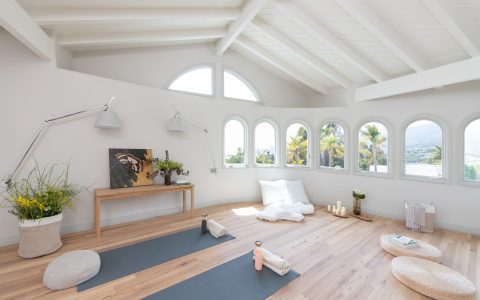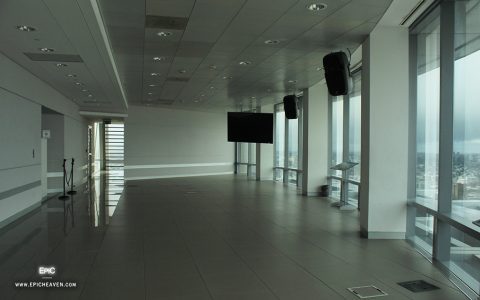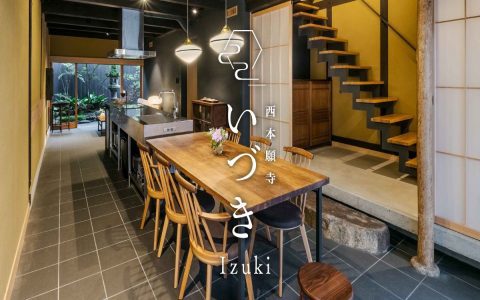Understanding Arch Pendant Lights
Arch pendant lights are distinctive luminaires characterized by a gracefully curved or arcing arm that suspends one or more light sources. This design allows the light to extend outwards and downwards from its mounting point, often providing illumination over a specific area without requiring direct overhead ceiling access at that exact spot.
Key Design Characteristics
- Form and Structure: The defining feature is the prominent arch, which can range from subtle curves to dramatic, sweeping forms. The design often integrates the suspension system as a key visual element.
- Materials: Commonly crafted from metals like brushed nickel, matte black steel, brass, or chrome. Shades can be made of glass, fabric, metal, or acrylic, influencing light quality and style.
- Light Diffusion: Depending on the shade design, arch pendants can offer focused task lighting (e.g., a downward-facing opaque shade) or more diffused ambient light (e.g., a translucent or globe-shaped shade).
- Aesthetic Appeal: These fixtures serve as sculptural elements, adding architectural interest and a modern, contemporary, or sometimes industrial feel to a space.
Ideal Applications
Arch pendant lights are versatile and can be effectively used in various settings:
- Dining Areas: Centered over dining tables, providing focused light and a strong visual anchor.
- Kitchen Islands: Illuminating work surfaces and breakfast bars, often used in multiples for larger islands.
- Living Spaces: Over coffee tables or seating areas, especially in rooms with high or sloped ceilings where a traditional pendant might feel lost.
- Entryways and Foyers: Creating a welcoming ambiance and a striking first impression.
- Home Offices: Providing targeted illumination over desks or reading nooks.
Advantages of Arch Pendant Lighting
- Focal Point Creation: Their unique shape naturally draws the eye, making them excellent statement pieces.
- Targeted Illumination: The arched design allows light to be directed precisely where needed, ideal for task-oriented spaces.
- Space Definition: Helps to visually define or anchor specific zones within an open-plan layout.
- Enhanced Vertical Space: The arc can accentuate ceiling height and add a sense of drama or elegance.
- Versatility in Placement: Can solve lighting challenges in areas where direct overhead wiring is not feasible or desired for the target illuminated spot.
Selection Considerations
When choosing an arch pendant light, consider the following factors to ensure a harmonious and functional installation:

- Scale and Proportion: The size of the pendant should be proportionate to the room and the furniture it hangs above. A large arch in a small room can be overwhelming, while a small one might be lost in a large space.
- Ceiling Height and Clearance: Ensure adequate clearance beneath the lowest point of the pendant, especially over walkways (typically 7 feet) or tables (30-36 inches above the surface). The arch's height also impacts visual balance.
- Style Cohesion: Select a design that complements your existing interior decor, whether it's modern, minimalist, industrial, or traditional.
- Light Output and Function: Determine the required brightness (lumens) and color temperature. Consider if dimmable options are needed to adjust mood.
- Installation Requirements: Arch pendants can be heavier than standard pendants. Verify that your ceiling structure and electrical box can support the fixture’s weight. Professional installation is often recommended.






